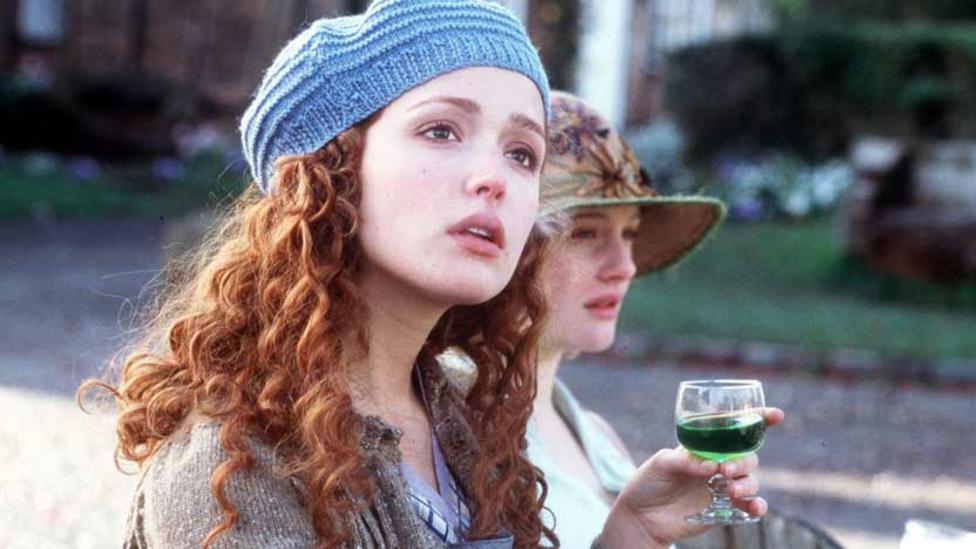
Pongo, the canine hero of The Hundred and One Dalmatians, was named after the first of Smith's own much-loved salmatians. After they married and moved into one house, Smith attributed their years of happy domestic life to their habit of keeping separate bedrooms. For the first few years of their relationship, they lived in separate London flats but shared a weekend cottage in the country. After several youthful love affairs, she fell in love with a co-worker, Alec Beesley. Though Smith's books have a cozy, old-fashioned charm, Smith herself was a bit of an iconoclast. To Smith's fans, this is no small accomplishment-as Sue Summers pointed out in The Guardian, "Two prose classics in one lifetime is more than most writers achieve." Towards the end of her life, Smith produced four volumes of autobiography: Look Back with Love: A Manchester Childhood, Look Back with Mixed Feelings, Look Back with Astonishment and Look Back with Gratitude.Ī few of Smith's plays are still produced occasionally, but she remains best known for I Capture the Castle and The Hundred and One Dalmatians. (Smith's sequel to Dalmatians, a fantasy titled The Starlight Barking, bears no resemblance to the Disney film sequel 102 Dalmatians).
I capture the castle movie#
Smith's other well-known work, The Hundred and One Dalmatians, was published in 1958 and is now considered a classic work of children's literature, though not all fans of Disney's 101 Dalmatians realize that the movie was based on a book. Rowling and Susan Isaacs to Armistead Maupin and Erica Jong have praised it for the merits Penelope Lively summed up as "a good story, flourishing characters, and the most persuasive narrative voice." From its much-quoted opening sentence ("I write this sitting in the kitchen sink") to its bittersweet ending, Smith's witty coming-of-age tale has captivated adolescent and adult readers alike.

The 17-year-old narrator and her family, who live in a dilapidated house built onto a ruined castle, belong to "that odd class of intelligent and cultured people who are also unskilled and unemployable," as Salon writer Charles Taylor put it. Homesickness helped inspire Smith's first novel, I Capture the Castle, which evokes a peculiarly English version of genteel poverty. Although Smith missed her home, she and Beesley stayed in America for many years after the war ended-they didn't want to put their Dalmatian dogs through the six months' quarantine that was then required to bring pets into England. She wrote screenplays for Paramount and formed "great friendships" with other writers, including Christopher Isherwood. Smith followed it with several more hit plays, including Dear Octopus, which starred John Gielgud.ĭuring World War II, Smith and her pacifist husband, Alec Beesley, moved to America to avoid the British draft. She still loved the theater, however, and in 1929 she wrote and sold a very successful play, Autumn Crocus. But at five feet tall, she was "too short and not attractive enough," in her own words, so she gave up acting and took a job at Heal's in London, where she became the store's toy buyer. But with the book's 1998 reissue, and the 2003 release of a film version from BBC Films, modern readers are rediscovering Dodie Smith.Īs a young woman, Smith's first ambition was to be an actress, and she enrolled at the Academy of Dramatic Art (later the Royal Academy of Dramatic Art) with hopes of going on the stage. Her other major work, the 1948 novel I Capture the Castle, was out of print here for many years (though it has always had a following in Britain). Smith was once best known in the United States for her children's book The Hundred and One Dalmatians, which inspired an animated film from Disney-and, later, the live-action movie starring Glenn Close. As Barnes later told The Guardian, "She said she didn't think I'd have much to do as her literary executor-in the last years of her life she was only earning around £12,000 from her books-but since her death her career has revived in a spectacular way." Education-Royal Academy of Dramatic Artīefore Dodie Smith died in 1990, she asked the novelist Julian Barnes to be her literary executor.By the time she pens her final entry, she has "captured the castle"-and the heart of the reader-in one of literature's most enchanting entertainments. Her journals candidly chronicle the great changes that take place within the castle's walls, and her own first descent into love.


She fills three notebooks with sharply funny yet poignant entries. Here she strives, over six turbulent months, to hone her writing skills. I Capture the Castle tells the story of seventeen-year-old Cassandra and her family, who live in not-so-genteel poverty in a ramshackle old English castle.


 0 kommentar(er)
0 kommentar(er)
